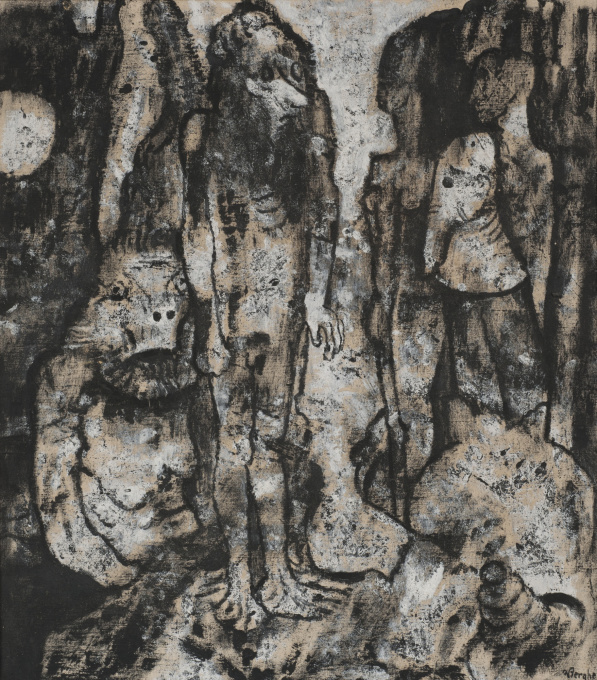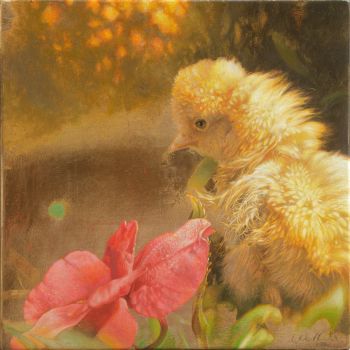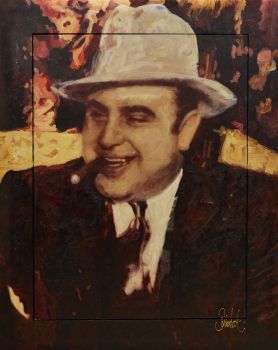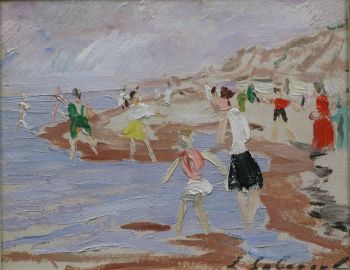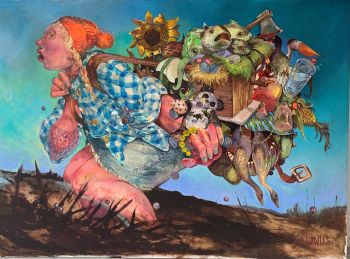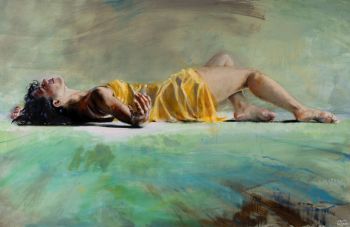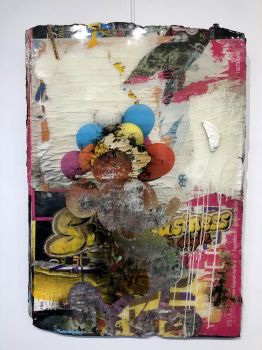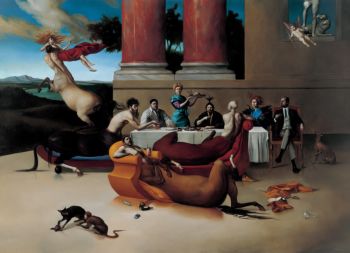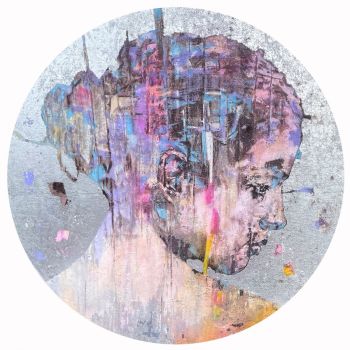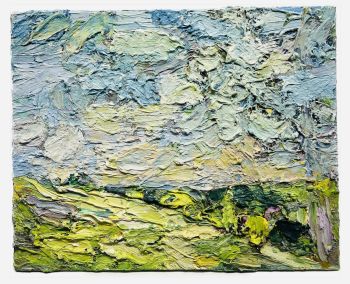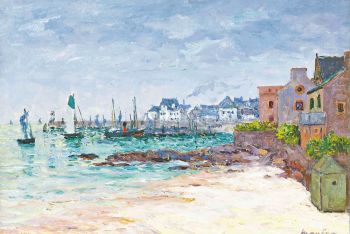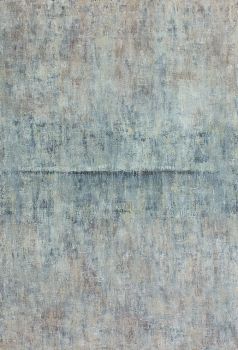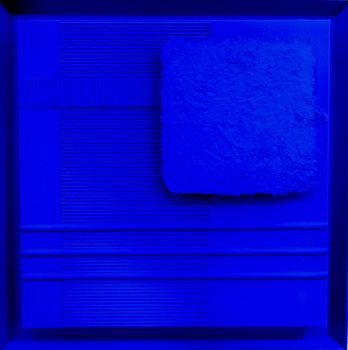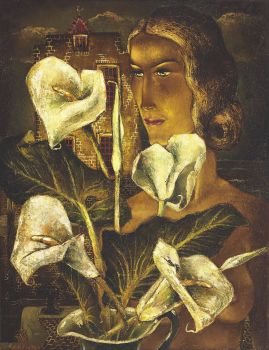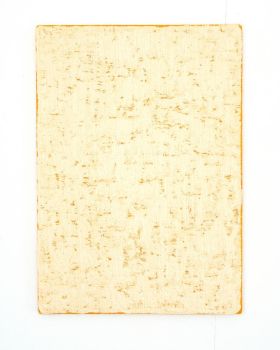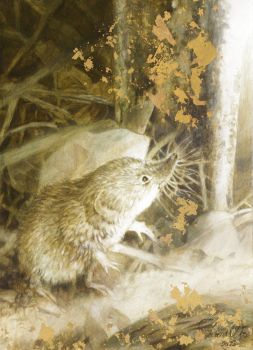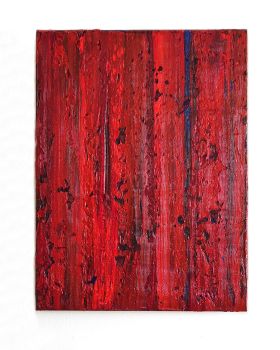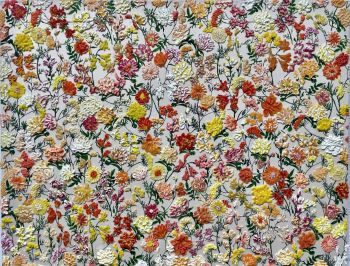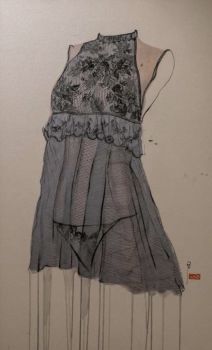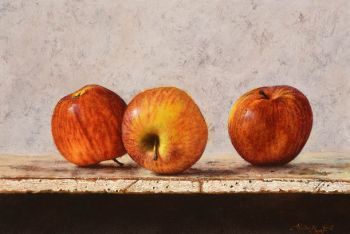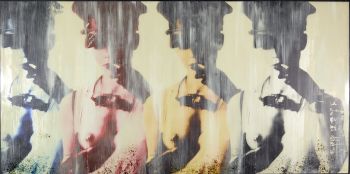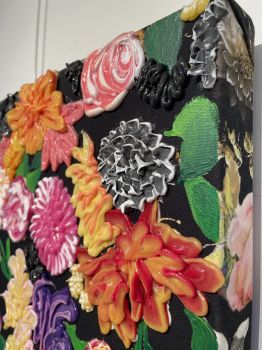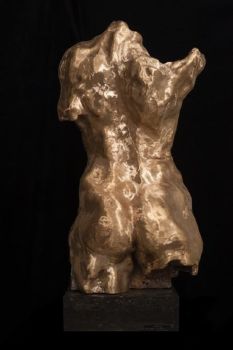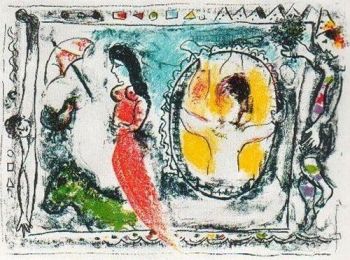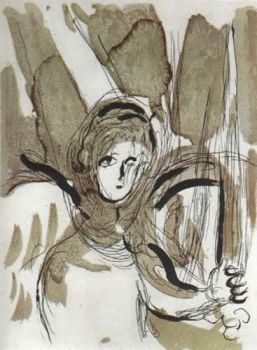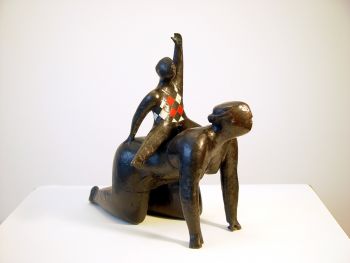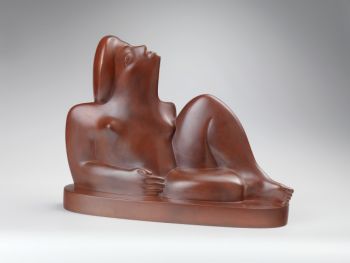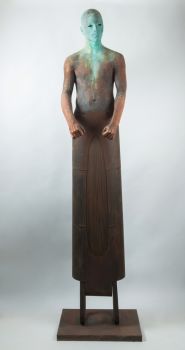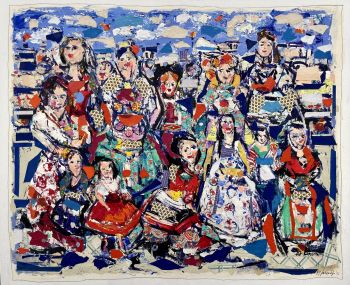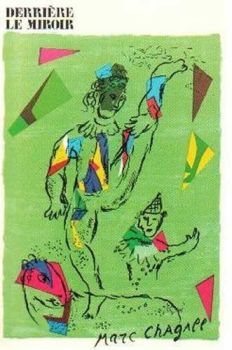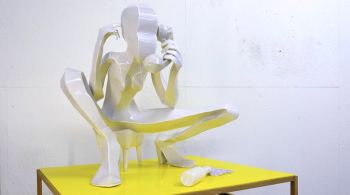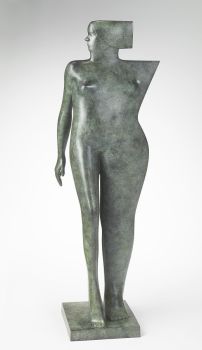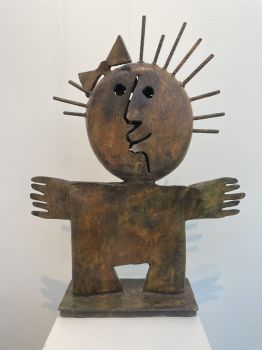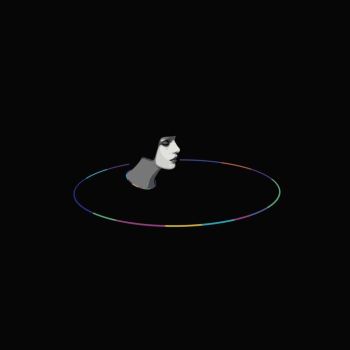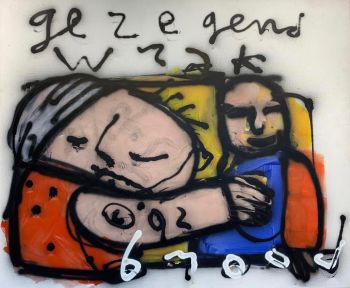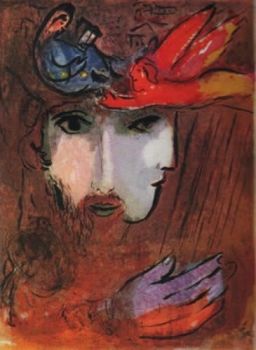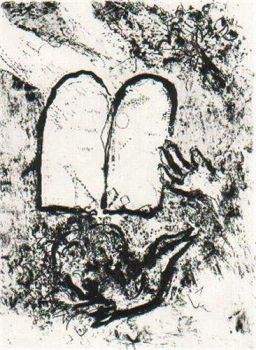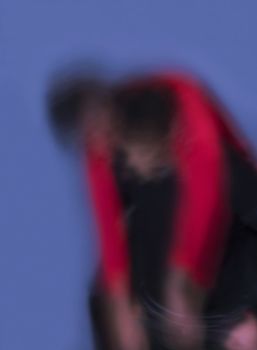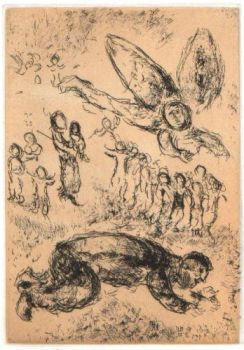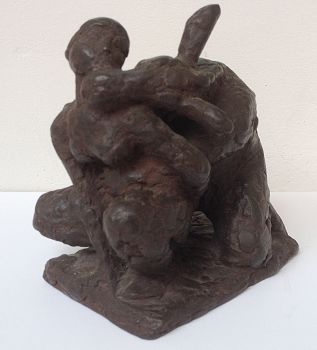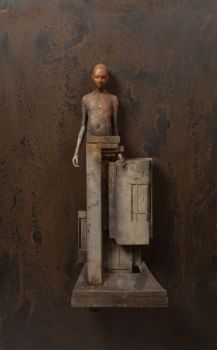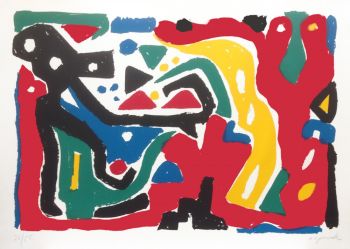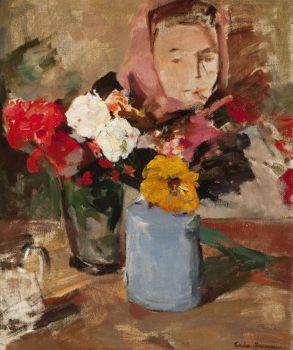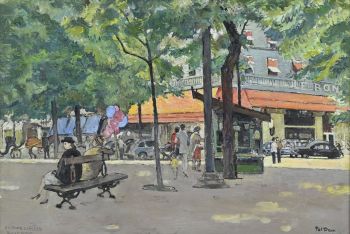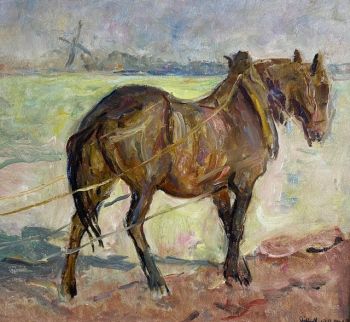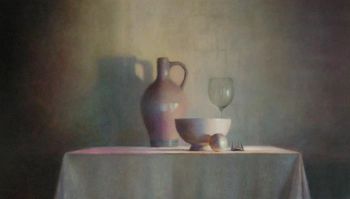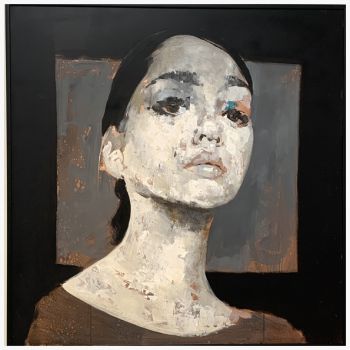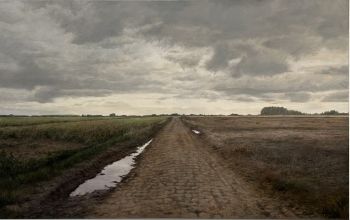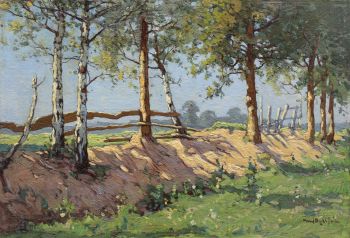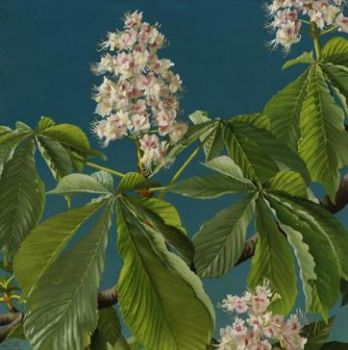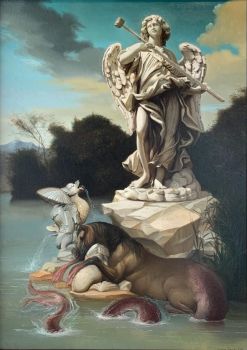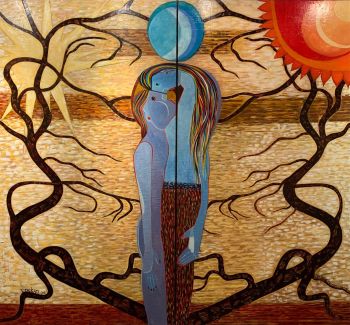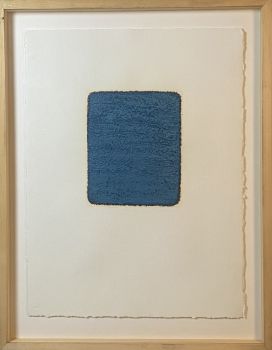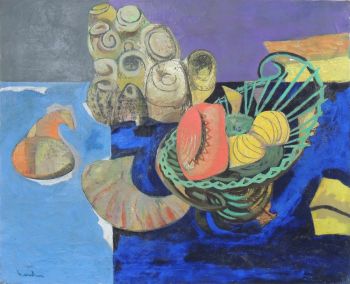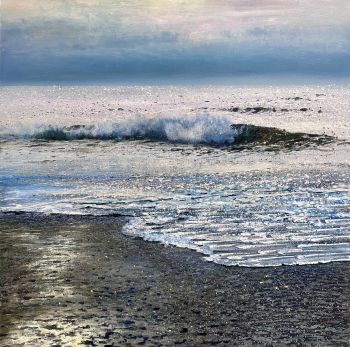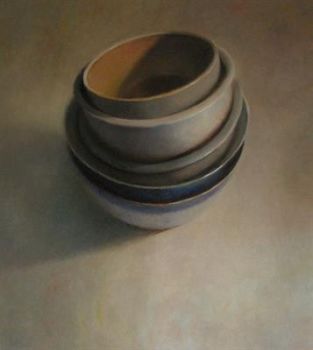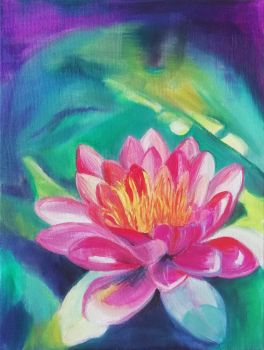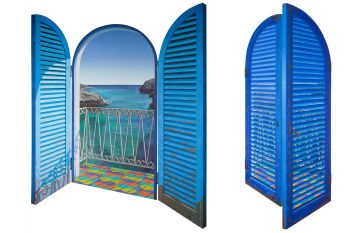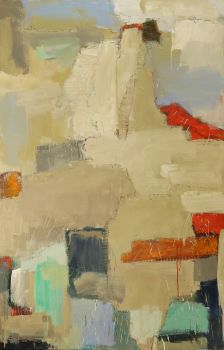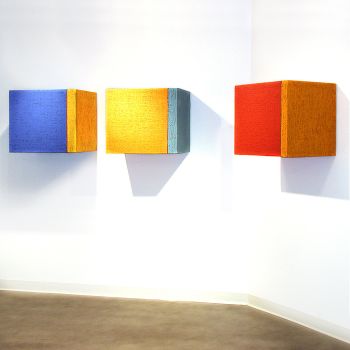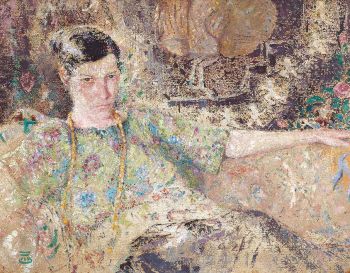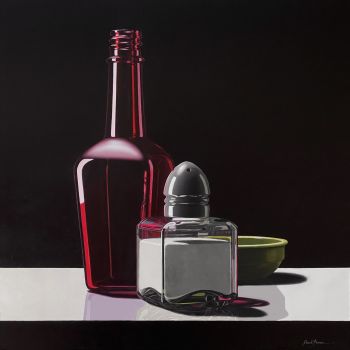La Peur 1930
Frits Van Den Berghe
TelaPittura a olioDipingere
53 ⨯ 47 cm
ConditionExcellent
Attualmente non disponibile tramite Gallerease
- A proposito di opere d'arteOil on canvas
53,98 x 47,94 cm.
Signed: lower right ‘FvBerghe’
Provenance: Galerie Le Centaure, Brussels; Dr. S. Simon Muller, Brussels 1932; Auct. Sotheby’s. Paris, 24 March 2017, lot no. 28; Private collection, Belgium.
Literature: Piet Boyens, Frits van den Berghe 1883-1939, Antwerp 1999, no. 680, p.450, ill., as: De Angst.; Emile Langui, Frits Van den Berghe, 1883-1939: catalogue raisonné de son oeuvre peint, Brussels 1966, no. 362, ill., as: La Peur (De Angst).
Frits van den Bergh was the first Flemish expressionist, experimenting different styles. Initially he worked impressionistic, a style he found suitable to express his soul. The subconscious truly fascinated the Belgian artist, therefore Surrealistic elements entered his artworks. Caused by the political and social recession of the 1920s and 1930s, as well as the mental condition of Van den Berghe, subjects such as threat, desolation and fear became more leading in his work. These themes correspond perfectly to the expressionistic style he adopted. Marked by Impressionism, Expressionism and Surrealism, he tries to free himself from the dominant currents by turning to the world of the unconscious and the metaphor. Every image inspired by the real world often seems to move away from it. Around 1927 Van den Berghe choosed the way of surrealism. His manner of painting changed and the subjects became frightening dreams, in which eccentric figures float or fall. La Peur (1930) is an example of his late period in which he was influenced by the First World War and the economic crisis. He painted in tender ochres to dark earth tones, suggested dream images and grotesque hallucinations. With La Peur Van den Berghe put a face on the emotion fear. To him these monstrous figures are an embodiment of the power of the subconscious. Inspired by Max Ernst he found his solution for the processing of his expressionistic painting trend and his own poetic, dramatic and emotional moods. There are erratic figures and surfaces on the canvas that let us know Van den Berghe in all its capriciousness and bizarreness. - A proposito di opere artistaFrits van den Berghe è stato un pittore, disegnatore e incisore fiammingo di Gent. Van den Berghe ha lavorato in un'ampia varietà di stili, passando dall'impressionismo all'espressionismo e infine al surrealismo fantastico. Insieme ad Albert Servaes, Constant Permeke e Gustaaf de Smet, Van den Berghe è considerato uno dei cofondatori del gruppo dell'Espressionismo Latem. Alcune delle altre società artistiche in cui era attivo erano L'Art Vivant, Sélection e Les Compagnons de l'Art. Ha insegnato all'Accademia delle Arti di Gent, dove ha anche studiato. Di ritorno da New York nel 1914, Frits si ispirò al fauvismo e all'espressionismo tedesco di Jan Sluijter. Durante la prima guerra mondiale, il suo espressionismo fiorì. Nel 1928 Van den Berghe iniziò a realizzare vignette per la rivista socialista "Vooruit", dove sarebbe rimasto fino alla morte. Nel frattempo, lo stile di Van den Berghe si era evoluto dall'espressionismo al surrealismo fantastico, raffigurando incubi, sogni e allucinazioni in una forte tavolozza di colori, chiaramente influenzata dal surrealista tedesco Max Ernst. Ha ritratto l'essere umano come generalmente ossessionato e timoroso. Nel suo lavoro sono riconoscibili le influenze di molteplici artisti importanti come Max Ernst, Egon Schiele, Giorgio de Chirico, Edvard Munch e Leo Gestel.
Related artworks
- 1 - 4 / 24
Marc Chagall
Frontispiece for Windows for Jerusalem1952 - 1980
Prezzo su richiestaArthouse Marc Chagall
Arie Teeuwisse
Titania and Nick Bottom (the weaver)20th century
Prezzo su richiestaKunsthandel Pygmalion
1 - 4 / 24Coba Ritsema
Two vases with flowers and a portrait1900 - 1950
Prezzo su richiestaKunsthandel Pygmalion
Rene Rietmeyer
"Installation big boxes Miami-Beach 2006"2006
Prezzo su richiestaEuropean Cultural Centre Collection
Marcel Jefferys
Jeune femme au collier dans un intérieur1890 - 1922
Prezzo su richiestaStudio 2000 Art Gallery
1 - 4 / 24

